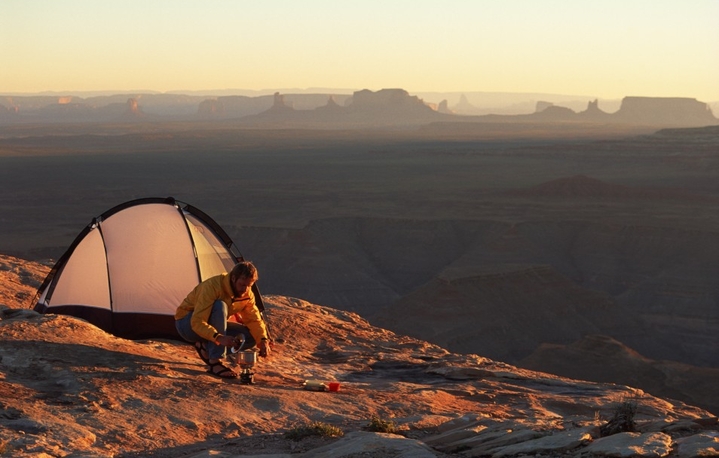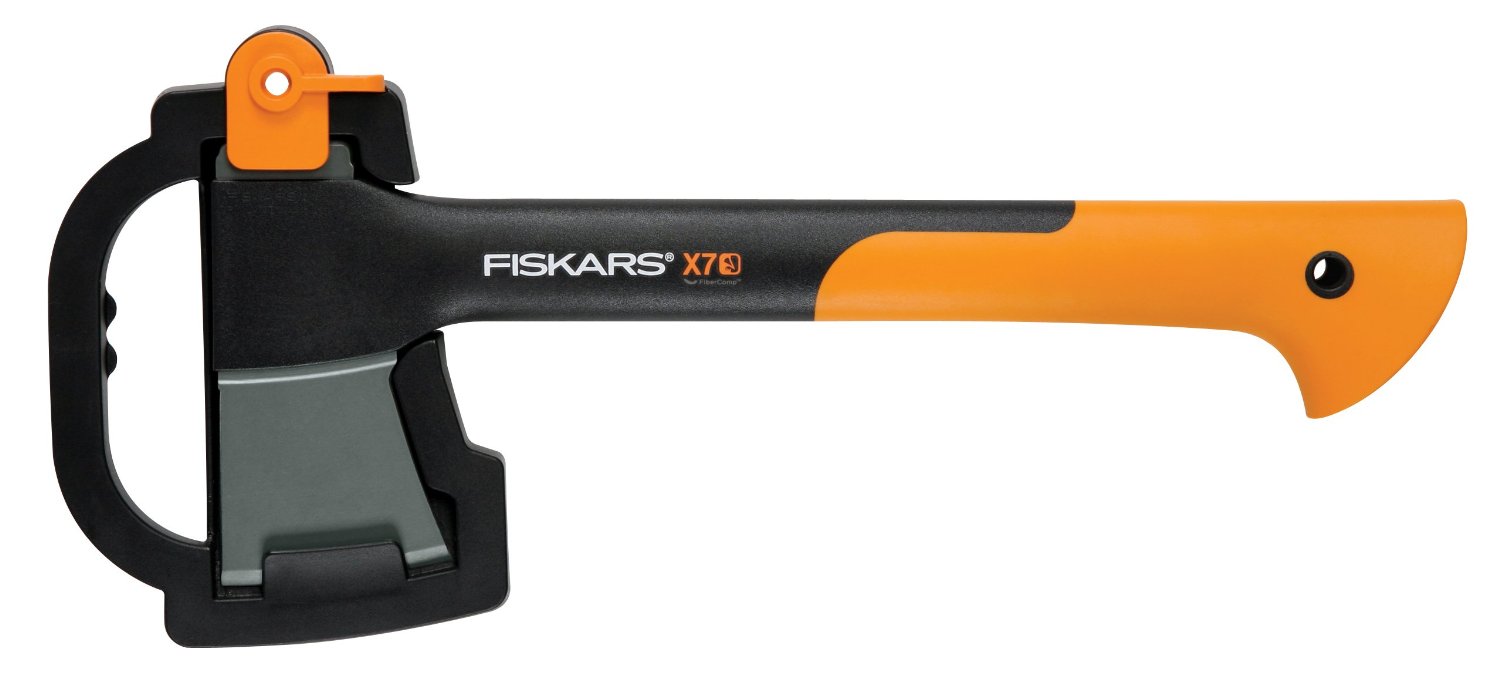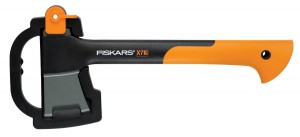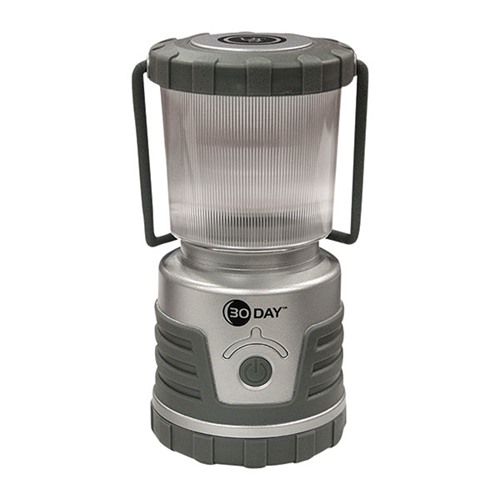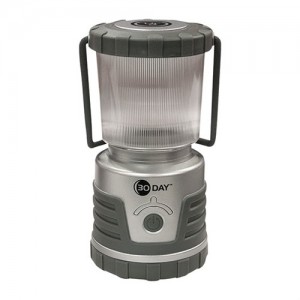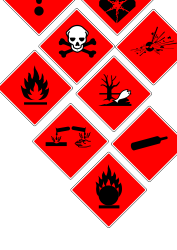Choosing the Right Tent
Tents provide you with shelter from the elements such as rain, snow and even wind. Tents also protect you from insects, rodents and snakes. With this in mind, what you want to look for next is how well will you be protected and how much space you will need.
Most tents when they say they are a two-person tent, for example, means two people without their gear. Therefore, if you were camping alone at a minimum you would need a two-person tent for you to have plenty of space for you and your gear.
For family camping trips, you may have sleeping cots you want to use so the tent has to be even bigger to accommodate the cots or even airbeds. You do not want the sleeping cots brushing or bulging out the sides of the tent nor do you want anyone having to sleep with their bodies in contact with the tent sides. Each person should have at least 25 square feet of space. Many tents are low to the ground and require a person to crawl in and out of the tent, so make sure everyone in your group or family can manage this feat.
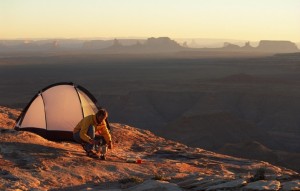
Hikers would want a tent that is lightweight and yet still provides protection from heavy rains, snow and wind. Most tents today designed for hiking and camping are made of nylon and the nylon quality can vary.
The heavier the nylon the greater the protection, but this also makes the tent heavier. Certain tents are guaranteed as waterproof because they use special silicone based coatings on the material and the tent wall is usually single walled which means the moisture inside the tent from your breathing is expelled while the rain is repelled on the other side.
Many tents will have a so-called fly that stretches over the top of the tent to provide a second layer of protection and to help shed water. This type tent is less expensive because the material is not treated as efficiently and moisture may seep in if you make contact or stress the tent wall. The outer covering keeps the rain from pelting the top of the tent however, and allows venting even if it is raining out because many tents will have screened air vents just under the fly.
You want to make sure the tent flooring extends up the walls a few inches making a bathtub shape to prevent rain runoff from seeping in through the floor and wall seams.
Keeping insects out is important so you want to make sure the screening is a good enough quality that it does not tear the minute you stress it. Make sure the zippers have reinforced fabric along the zipper to prevent tearing.
You want your tent to shed water and to break the wind and not be a wind stop, in other words your tent must be designed to where the wind does not blow it over every time it gusts. Dome shaped tents are popular because the winds flows over and around and does not catch the tent itself. You want to ensure once the tent is set up that there are no sags or depressions where snow or rain can collect.
You should inspect any tent before purchasing by going to the camping store to see it set up. Stretch out in it to make sure it is roomy enough for you and your gear. Read the manufactures description closely to see to what extent it is waterproof and if any special sealants are used and can you treat or re-treat the material yourself at some point with a waterproof sealent.

